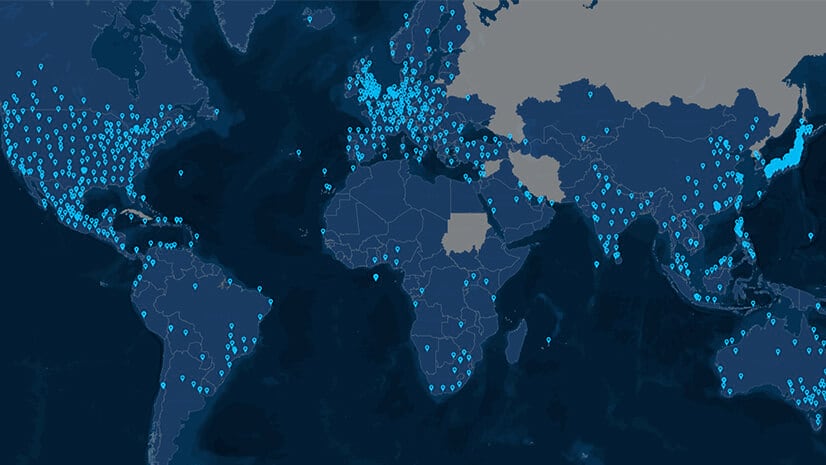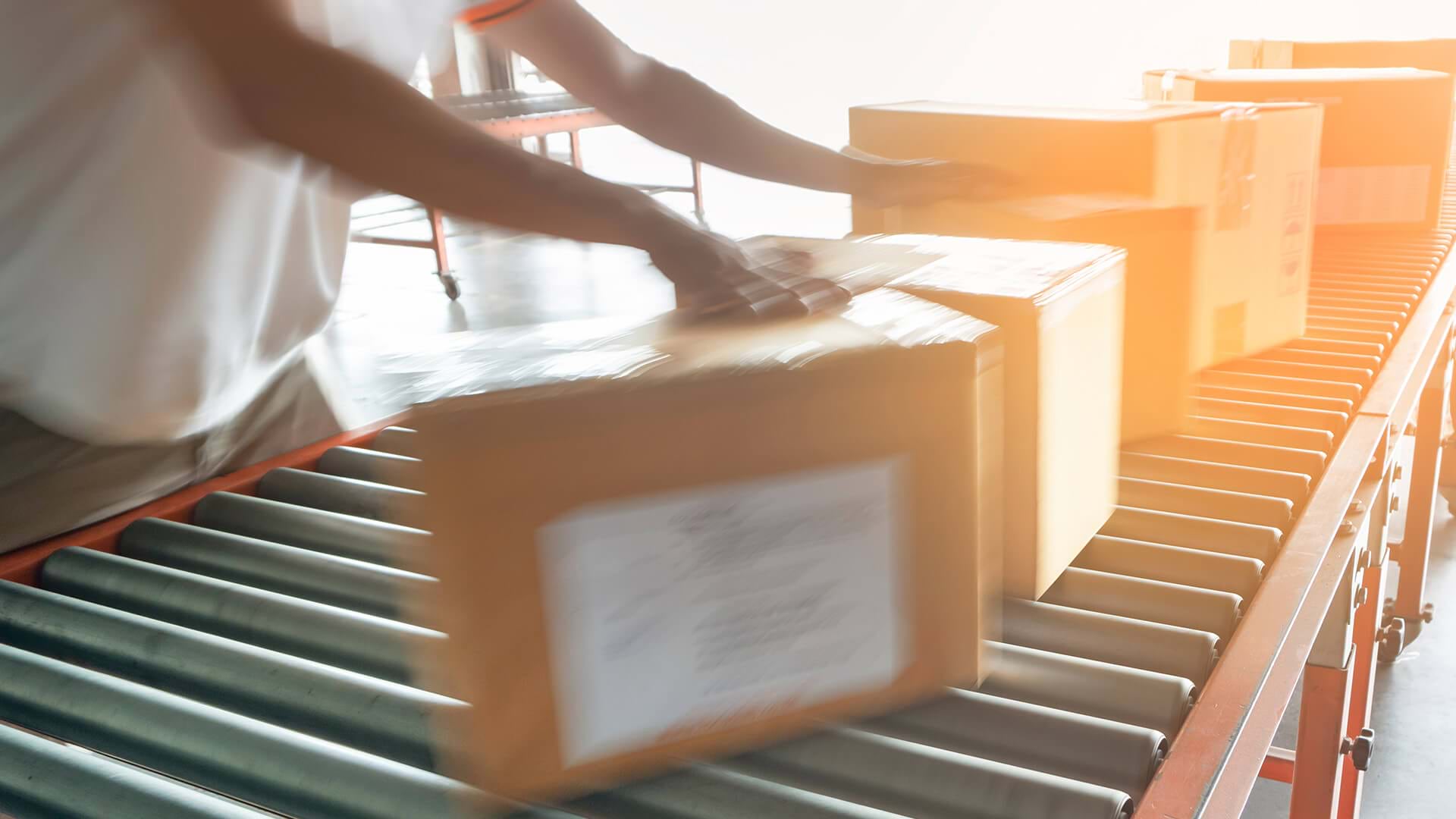Companies that sell or trade certain goods in the European Union (EU) will soon need a sharper view of their supply chains, thanks to a forthcoming environmental regulation.
Adopted in 2023, the EU Deforestation Regulation (EUDR) covers seven commodities—cattle, cocoa, coffee, palm oil, rubber, soy, and wood—and products derived from them. Businesses planning to sell or trade these commodities and products in the EU must conduct due diligence to ensure that no suppliers are linked to deforestation, forest degradation, or other abuses.
Enforcement is likely to begin in late 2025. Compliance will require a strong grasp of location. Among other provisions, businesses must “collect geographic coordinates of the plots of land where the commodities were produced,” states a European Commission document. Companies will also need to guarantee that product manufacturing meets local environmental protections and labor laws. A similar regulation—the UKFRC—is in the offing in the United Kingdom.
As legislators increase scrutiny of global trade and its impacts, many companies are using enterprise software known as geographic information system (GIS) technology to monitor their supply networks. On a GIS dashboard, a business leader can see the locations of mills, factories, and farms in the context of trends in deforestation, pollution, wage rates, and other environmental and social factors.
A chocolate manufacturer, for instance, can use GIS to collect the geographic coordinates of farms where cacao is grown, perform risk assessments on those suppliers, and identify where mitigation measures might be needed to comply with new laws.
Mapping the Links Between Commerce and Deforestation
While the EU is not itself a locus of deforestation, products consumed across the bloc are responsible for about 10 percent of global deforestation. The EUDR, like other regulations that make up the European Green Deal, seeks to counteract harmful trends that destroy biodiversity and escalate greenhouse gas emissions, ultimately safeguarding both people and the planet.
Once EUDR enforcement begins, failure to conduct due diligence could result in fines of up to 4 percent of a company’s EU turnover, or even temporary prohibition from trading in the bloc.
Such regulations are compelling firms to examine areas of their trade networks that have often gone undocumented. A recent CIPS & Deloitte report found that just 13 percent of firms are able to map their entire supply chain network. As many as 22 percent have no visibility past immediate suppliers.
Executives are increasingly adopting location technology to establish traceability beyond Tier 1 partners. For example, a company that operates retail locations for the world’s largest furniture manufacturer uses GIS to monitor sustainable practices in forests from the US to Romania. Analysts use maps to track biodiversity metrics in timber stands and help the company achieve Forest Stewardship Council (FSC) certification.
By applying a combination of satellite imagery, parcel data, GIS, and AI, companies and regulators can automatically detect forest disturbances that may indicate illegal logging. Recently, this approach was used to catch a cacao firm engaging in deforestation in the Amazon.
Preparing for a Future of Supply Chain Transparency
As companies stand up the technology and personnel needed to comply with regulations like EUDR, they’ll also need to anticipate another EU policy on the horizon: the Digital Product Passport (DPP).
The DPP might be viewed as the logical extension of recent supply chain regulations. It will require products sold in the EU to come with virtual labels containing details on an item’s origin, materials, and manufacturing processes. While the legislation was formally adopted this year, specific information on how it will be enforced is expected in 2025.
Companies can prepare for the reality of both a digital passport and the EUDR mandate by centralizing information in a system of record like GIS. With reliable supply chain data managed and monitored in GIS, companies can track and report on a product’s life cycle from raw material to store shelves.
New regulations—along with a corporate desire to understand frequent supply chain disruptions—are ushering in a new age of visibility and traceability for global trade networks. Location technology will help executives adapt to a new reality in which supply chain obscurity is out of fashion—and out of compliance.












